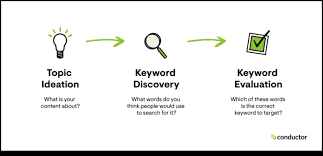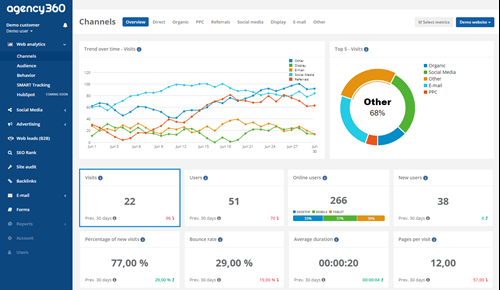Seasonal sales and events bring massive opportunities for businesses to drive traffic, boost conversions, and maximize revenue. Optimizing your PPC campaigns for these peak periods ensures you make the most of the increased search demand and consumer intent.
If you’re running Google Ads or any other PPC campaigns, here’s how you can fine-tune them for seasonal success. 🚀
1. Plan Ahead for Seasonal Trends
Timing is everything in seasonal marketing. Start by analyzing past performance data to identify trends. Use tools like Google Trends and Keyword Planner to see when search volume spikes for your industry’s seasonal keywords.
🔍 Example: If you’re running a Black Friday PPC campaign, start planning in September or October to refine your strategy before the competition heats up.
Check out our Google Ads management services.
2. Adjust Your Keyword Strategy
Your standard PPC keywords may not be enough during seasonal periods. Incorporate seasonal-specific keywords to capture high-intent searches.
Examples of Seasonal Keywords:
- E-commerce: “Black Friday deals on electronics”
- Retail: “Christmas gifts under $50”
- Travel: “Best summer holiday packages”
Make sure to optimize for long-tail keywords as well, since they have lower competition and higher conversion rates.
Explore our SEO services for better keyword optimization.

3. Use Ad Extensions for Maximum Impact
Ad extensions enhance your PPC ads by providing extra details like offers, locations, and contact info. These make your ads more clickable and conversion-friendly.
✅ Sitelink Extensions – Direct users to sales pages or special promotions.
✅ Callout Extensions – Highlight limited-time deals.
✅ Countdown Timers – Create urgency by showing how much time is left before the sale ends.
Learn more about ad extensions in Google Ads.
4. Optimize Ad Copy with Urgency & FOMO
Your PPC ad copy should create a sense of urgency. Use phrases like:
- “Limited Stock Available!”
- “Hurry! Sale Ends Soon”
- “Exclusive Offer – 24 Hours Only”
Adding urgency increases CTR and encourages quick action from potential customers.
5. Adjust Bidding Strategy & Budget
During peak sales periods, competition for PPC ads increases, which means higher Cost-Per-Click (CPC). To stay ahead:
- Increase bids on high-performing keywords.
- Use automated bidding strategies like Target ROAS or Maximize Conversions.
- Allocate a higher budget for top-converting ads.
Need help with PPC bid optimization?
6. Retarget & Capture Lost Visitors
Not everyone converts on the first click. Retargeting (remarketing) ads allow you to reconnect with users who visited your website but didn’t make a purchase.
How to Retarget Effectively:
- Show personalized ads based on previous browsing behavior.
- Offer a special discount to returning visitors.
- Use dynamic remarketing to display products users viewed.
7. Optimize Landing Pages for Conversions
Your PPC campaigns are only as strong as your landing pages. Make sure they are:
- Mobile-friendly 🏆
- Fast-loading ⚡
- Conversion-optimized (clear CTA, trust signals, urgency)
We can help you create high-converting landing pages.
8. Track & Analyze Performance
Lastly, monitor your PPC performance using Google Ads Analytics. Key metrics to track include:
- CTR (Click-Through Rate)
- Conversion Rate
- Cost Per Acquisition (CPA)
- Return on Ad Spend (ROAS)
Adjust your campaign based on real-time data to improve results throughout the season.

Final Thoughts
Seasonal PPC campaigns require strategic planning, keyword adjustments, and ongoing optimization. If done right, they can drive massive traffic and boost your ROI during peak sales events.
🚀 Want to crush your next seasonal PPC campaign? Let Social Media Max help you set up and optimize high-performing Google Ads campaigns!
📞 Call us at 0161 399 3517
📧 Email us at Syed_66@hotmail.com
🌐 Visit: Social Media Max

